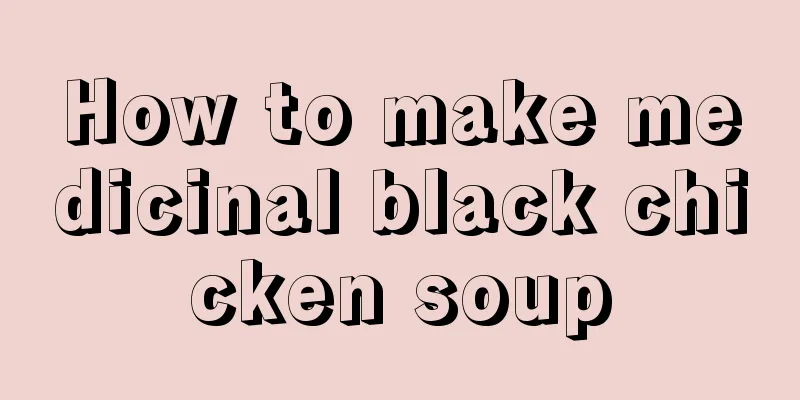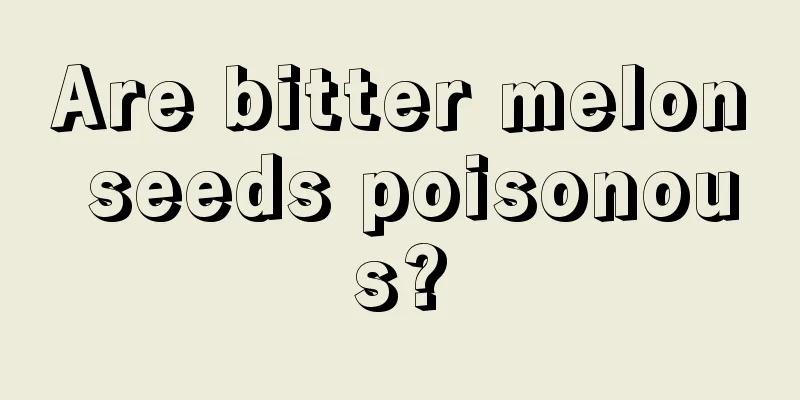What foods are included in the residue-free diet

|
Many foods easily produce residue when eaten, which is determined by the characteristics of the food. Whether food easily produces residue is often an important issue, especially for people with poor stomachs. If you have a bad stomach, you should eat something soft and easy to digest. Food with no or little residue is the best choice. So, what foods does a residue-free diet include? Let’s take a closer look below. A low-residue diet is also called a low-residue diet. Residue refers to any food component that cannot be digested and remains in the intestines to form stool. A low-residue diet refers to a diet that contains very little of the above-mentioned food ingredients and is easy for patients to digest and absorb. The main purpose of using a low-residue diet is to reduce the friction and stimulation of various food components that can become "residues" on the gastrointestinal mucosa, thereby slowing down intestinal peristalsis and reducing the frequency and amount of stool. As early as 1900, this diet was widely recommended for many gastrointestinal symptoms or diseases. Dietary principles of a low-residue diet Limit the amount of dietary fiber. Try to use less or no foods rich in dietary fiber, such as vegetables such as celery, leeks, bean sprouts, bamboo shoots, fruits such as pineapples, coarse grains, whole beans, nuts such as walnuts, peanuts, almonds, etc., to reduce irritation to the intestinal wall and stimulate intestinal peristalsis and stool formation. The amount of food you eat each time should not be too much; it is better to eat small and frequent meals. According to the patient's condition, give semi-liquid food with little residue or soft food with little residue, and switch to normal food in time. Cooking method. First, the food you choose should be easy to digest; second, chop the food into small pieces and cook it thoroughly; avoid cooking methods such as frying or pan-frying; avoid using seasonings such as chili, pepper, and curry. Vitamin and mineral preparations can be supplemented if necessary. Due to the restrictions on food choices, it is difficult to balance dietary nutrients, and the restriction of vegetables and fruits can easily lead to deficiencies in vitamin C and certain minerals. |
<<: Fried pork slices with onions
Recommend
How to make raw fish fillet and lean meat porridge
Raw fish fillet and lean meat porridge is a very ...
How to make milk sponge cake
As someone who has been spoiled since childhood, ...
How to make salted egg rice dumplings?
Adding salted eggs to rice dumplings is probably ...
How to make leek and egg multi-grain pancake
As people's living standards improve, they be...
How to make Chinese pizza in 10 minutes
It may be okay to eat casually when you are singl...
Garlic Carrots Recipe
Food is the most important thing for people, so a...
How to make handmade cakes
Handmade pancakes are a very common home-cooked d...
How to make Yoshinoya Teriyaki Chicken Rice
If you want to make delicious food, you must prep...
How to make small fried dough twist
In order to survive, we have to fight hard every ...
How to make fried crab with soy sauce
For a single person, if a person of the opposite ...
How to make green pepper beef fried rice
In life, there are many women who particularly li...
How to make egg tart without butter
Although we can eat some delicious food when eati...
How to make Nordic omelette
The method of making Nordic omelette is not as di...
How to make curry fish
To make a good dish is not as difficult as everyo...
What is the common method of stir-fried tofu skin?
Tofu skin is a very good food. It can not only be...









